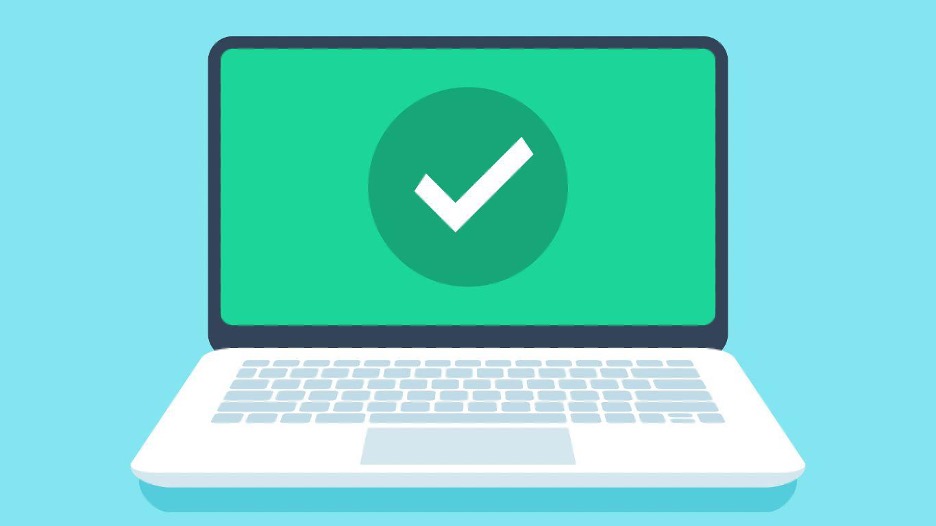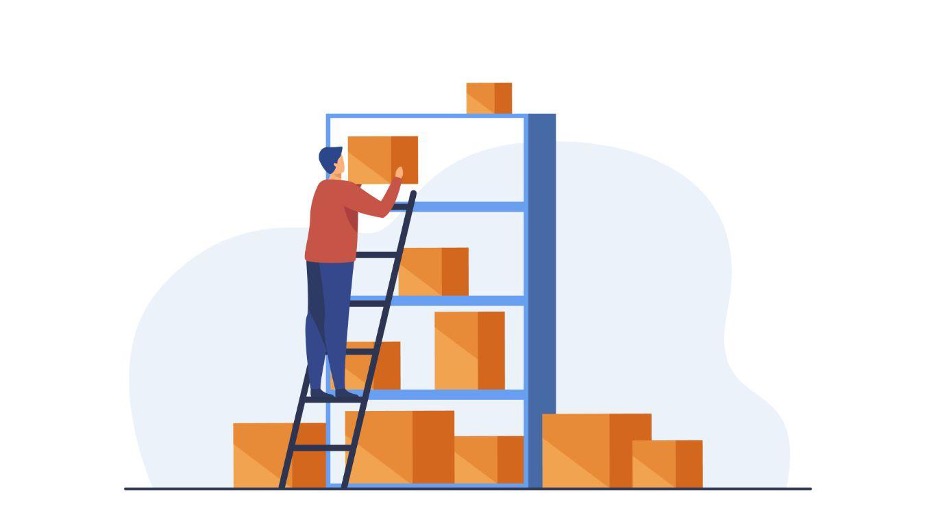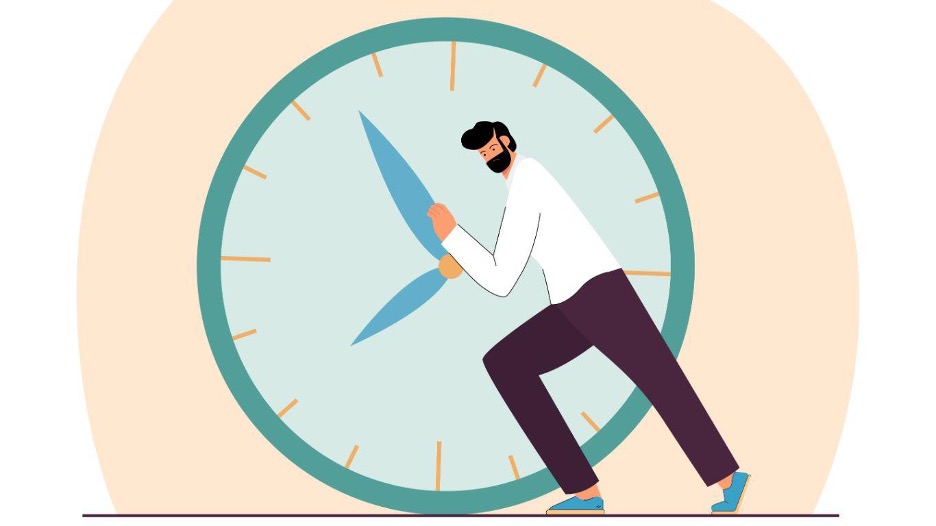Do’s and Don’ts of WooCommerce Maintenance

Do’s and Don’ts of WooCommerce Maintenance

Is your WooCommerce store not performing like it used to? or are you experiencing a decrease in revenue?
Maybe the problem is that you haven’t performed some maintenance to your WooCommerce store in some time.
In this article, we are going to show you 6 points you can follow to increase the performance and user experience of your online store today.
Keep reading to learn more.
Below you will find 6 items you should keep in mind when performing maintenance to your e-commerce store.
Before updating, or modifying anything in your store, you must make sure to create a backup of your information, so, if anything breaks, you can recover everything.
Additionally, make sure to enable automatic backups or create backups manually regularly to have a copy of the latest version of your website.
We recommend the plugin UpdraftPlus, it has several convenient features like automatic backups, cloud compatibility, and uses fewer server resources than other alternatives.
Updating your store plugins, theme, and WooCommerce database when updates are released is extremely important to keep your store working smoothly, and for avoiding security issues.
Often, people with malicious intent, leverage security gaps in WordPress websites produced by outdated plugins and themes to install a virus or extract valuable information, this could affect your customer’s privacy and ultimately the trust they have in your brand.
Additionally, you could perform content or design updates to your website from time to time to ensure top functionality. Also, an attractive design is key for generating trust with your customers.

It’s essential to not only maintain the technical side of your WooCommerce store, but also the front end.
Over time, your store will grow, you will add more products, and sometimes, those same products may change, either by adding new features or by adding a new variety of colors.
You should go back to the old products you have added from time to time in order to keep all product descriptions up to date to ensure a good user experience and customer satisfaction.
Similar to updating product descriptions, sometimes a product will be not available anymore. You should go back to those listings and remove them to avoid confusion among your users.
This will save you a ton of time answering questions around these products, so you can spend more time doing things that matter like creating new marketing strategies or adding new products.
If your website loads fast, it means that it will have more chances for ranking for your desired keywords. Keep in mind that page load speed has been declared as a ranking factor not too long ago by Google.
Additionally, faster loading times will ensure a good user experience, which will lead to more sales.
According to a study performed by Unbounce, over 70% of online customers say that page speed influences their final decision on whether or not to buy from an online store.
But what do images have to do with page speed?
Well, when a page loads, images make up a large part of the data that the user must download before seeing anything on the screen. Therefore, the smaller the file size of the images on a page, the faster it will load.
There are a couple of ways to compress your images, you can do it manually with a tool like TinyPNG or you can do it automatically with a paid WordPress plugin like EWWW Image Optimizer (it is available in a free version too but with fewer features).
When you have a huge WooCommerce store with a ton of product images, it can be extremely time-consuming to compress each image manually, that’s why we highly recommend using a paid plugin, it is a small investment that will save you a ton of time.
Inventory management is key for any e-commerce business to keep the workflow smooth and customers happy. But why?
In short, inventory management allows you to track the number of products that are available to be ordered.
With this concept in mind, without a proper inventory management method, confusion will arise, and customers will order products that are out of stock, so you will receive a lot of negative feedback, which can be a tough blow if you are just starting.
Fortunately, WooCommerce has a built-in inventory management tool that you can use to automate a big part of the inventory management process in no time. This tool is free, simple, and allows you to manage inventory globally or on a per-product basis.
However, the only drawback is that it needs some manual supervision from time to time to keep everything running smoothly.
If you check your inventory regularly, you won’t have any surprises when it’s time to restock.

These are a few things that you definitely shouldn’t do if you want your WooCommerce store to keep functioning properly.
Having a maintenance routine is key if you want to keep your online store running smoothly. A maintenance routine will help you avoid critical issues when you’re less expecting them.
But, when should you perform your maintenance routine? Well, most of the points that we’ve mentioned before can be executed once per month, however, ideally, you should update your plugins immediately after an update is released.
Also, compressing your images before uploading them will save you a lot of resources.
As we said before, you should always update your plugins and themes once an update has been released, otherwise, you will suffer security gaps that cybercriminals can use for their own malicious purposes.
The major advantage of WordPress is its flexibility and expandability through third-party software called “plugins”.
You might be tempted to install a plugin for every functionality you want in your website, however, this is not always a good idea.
Plugins, like images, are an important part of the size of a website, so, by having a lot of plugins you will reduce the time a page takes to load, which will affect your user experience.
It is highly recommended for you to keep the number of plugins installed to the minimum, so you make sure your store is always at peak performance.

With the above checklist, you should have enough knowledge to create your own WooCommerce maintenance routine that will help you avoid performance and security issues, and keep the user experience at the highest point.
Brimar Online Marketing
Brimar Online Marketing is a digital marketing agency offering services in the San Francisco Bay Area, CA. Their services range from web design and development to SEO and Social Media Marketing.